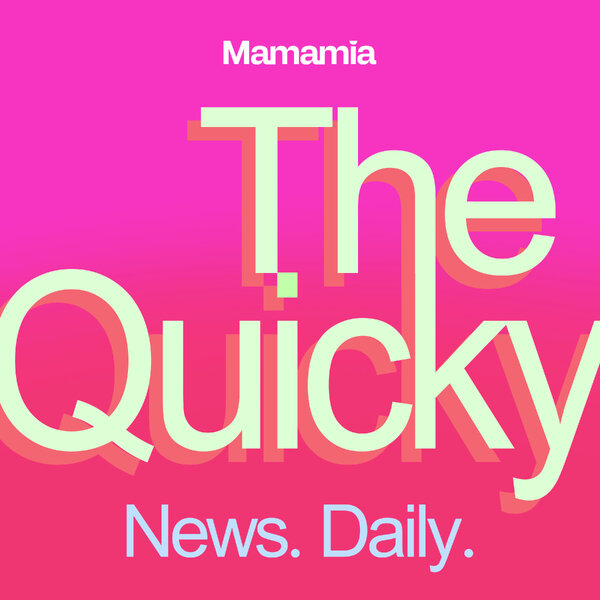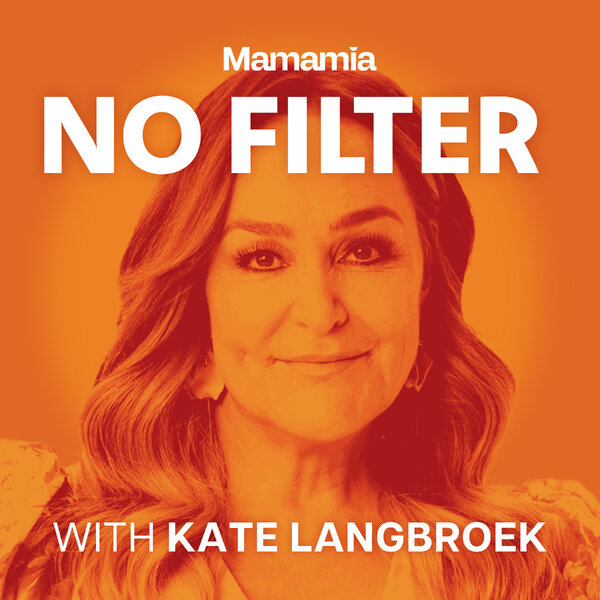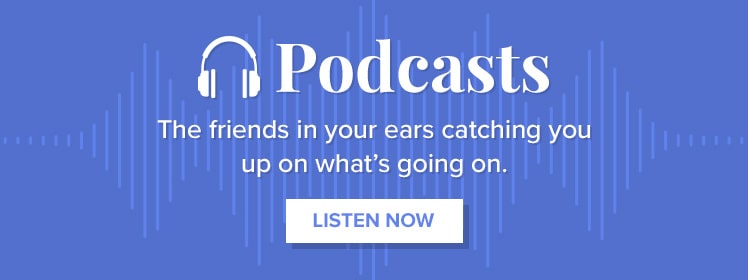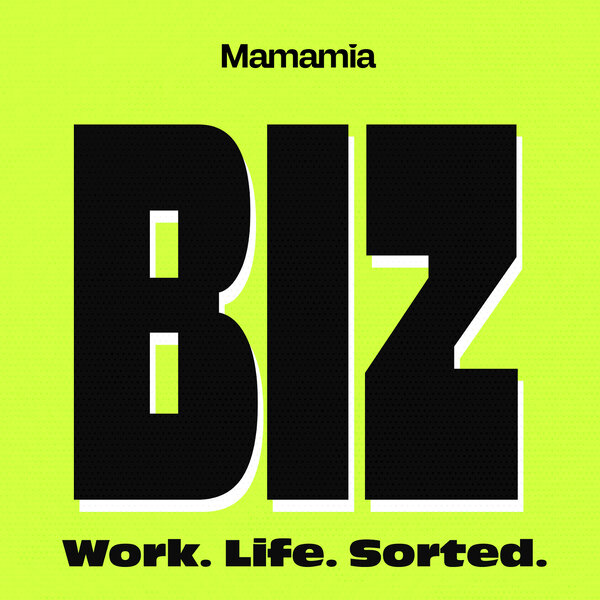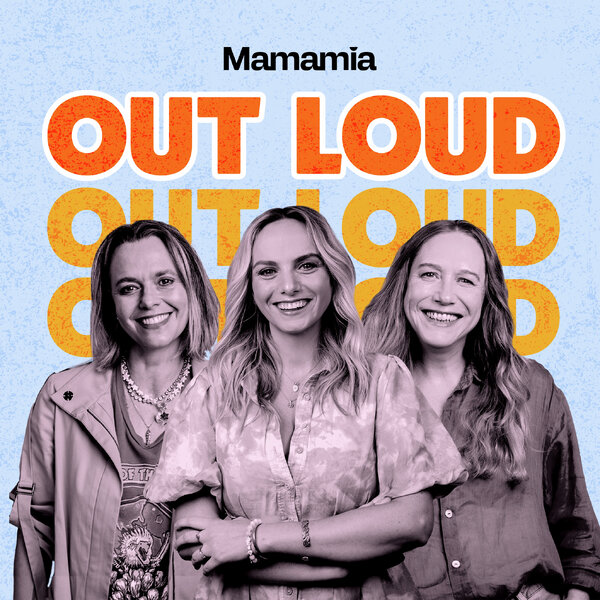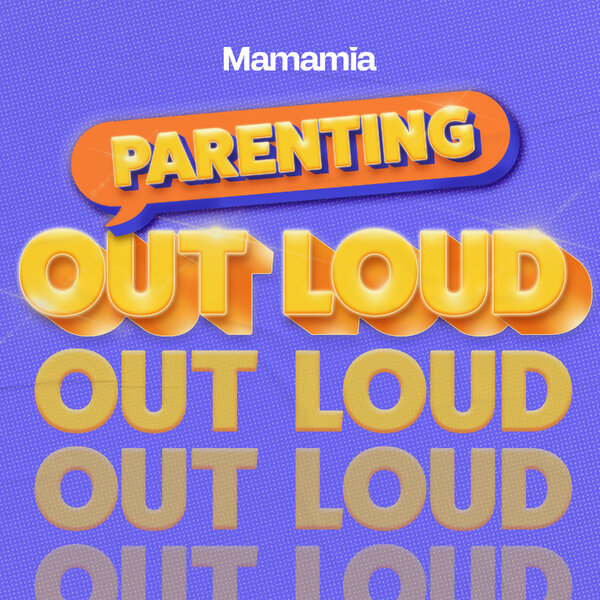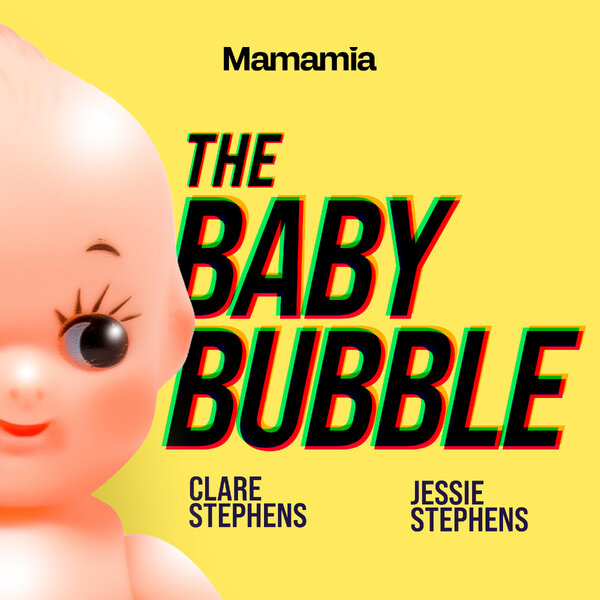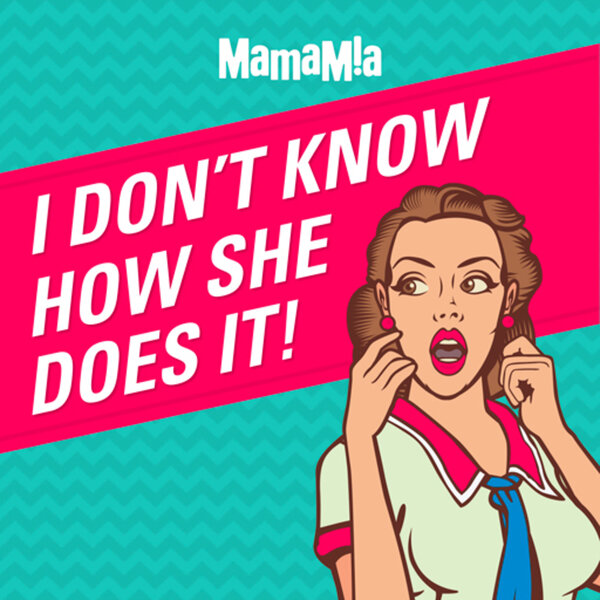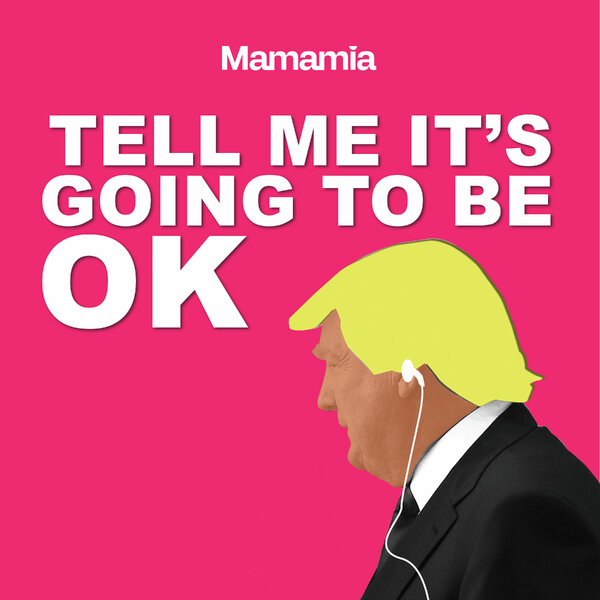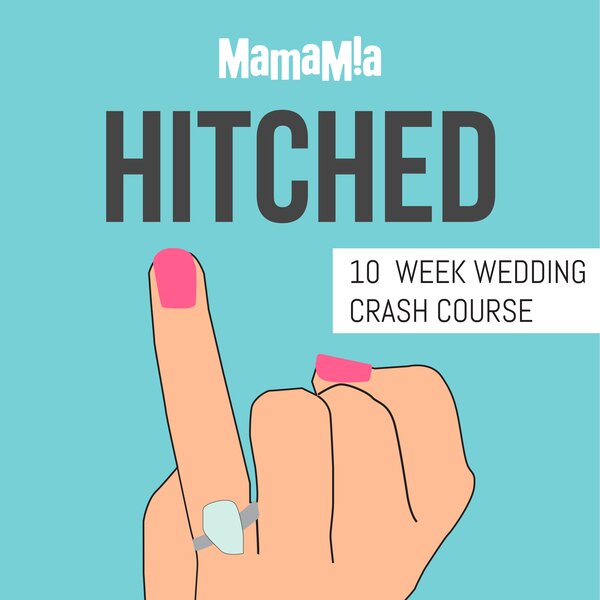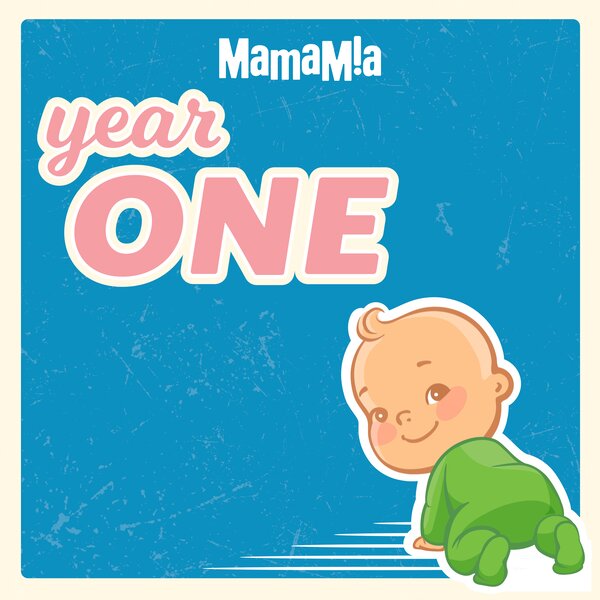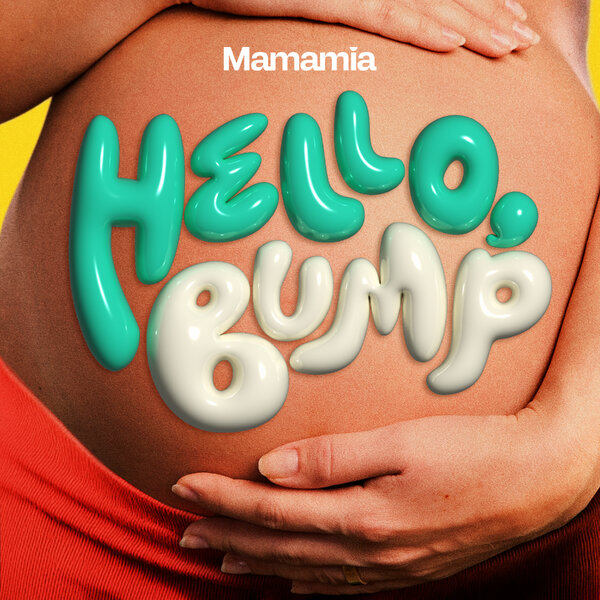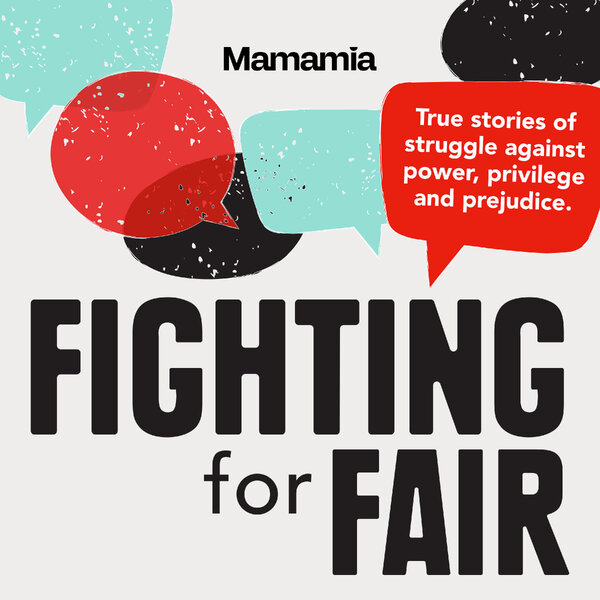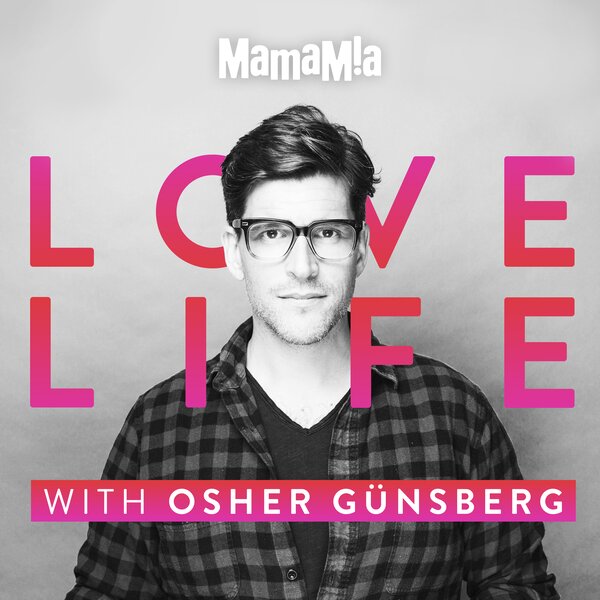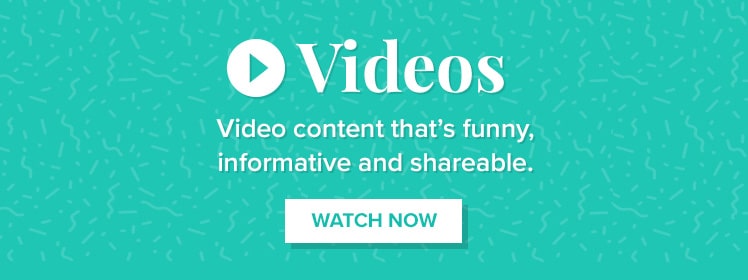In a bitterly disappointing move, it looks as though the government will now undo the vital Gonski school funding reforms of the previous Labor government.
But perhaps it should come as no surprise.
For six years the Coalition has repeatedly told us that the Howard government’s model for school funding – the so-called SES (Socio-Economic Status) model was working.
They said the schools were getting the funding they needed and as education spokesperson Christopher Pyne described it, “if it ain’t broke, don’t fix it”.
This made the Labor government’s school funding reforms, first discussed formally under the David Gonski review for schools funding, unnecessary. It was, they said, “all feathers and no meat”, “unworkable and grotesquely expensive”.
But just a few days before the election the Coalition made a back-flip. Opposition leader Tony Abbott announced that he would guarantee the reforms for at least four years.
Before the election Pyne trumpeted his “unity ticket” on Gonski, claiming “you can vote Liberal or Labor and you’ll get exactly the same amount of funding for your school”. He’s now back-flipped again and broken that promise, leaving open the possibility some schools would receive less funding than they do now.
As I predicted in The Conversation just after the election:
The biggest danger to public education could be a rejection of the so-called unity ticket, offering only a paltry one-third of the proposed Gonski increase in funding to disadvantaged schools after the Coalition finds a “budget black hole” and returns to the discredited SES funding model. This is the model they have always supported and if reinstated, it will continue to privilege the wealthiest and most elite private schools at the expense of the working class and the poor.
Gonski was the most comprehensive review of school funding in 40 years – one designed to make the system better for all kids. It called for funding to be allocated based on the needs of the students; to be topped up with additional funding to take into account types disadvantage different students experience, such as Indigeniety, remoteness, second language learners, refugee children and disability.
